|
In early June, our gardens were planted, each morning we turn on the hose, fill up our watering cans and head up to the gardens. We also make sure that we water our butterfly garden at the bottom of our playspace. The hose can be heavy and sometime requires the help of a friend. Recently we have found that our seeds are starting to sprout. How exciting! We explore the changes that we might see happening in the garden beds at this time as well. We can't wait to see what a little more water and sunshine will bring!
0 Comments
Each year without fail, our yard is visited by tent caterpillars. It is a sign that summer is finally coming after a long cold winter. This year we have paid particular attention to the fine details of these little critters. Suction cup feet, different colors and the ability to climb upside down have been a few of the traits that we have found fascinating. Caterpillars are collected and fed delicious leaf meals and then let go again safely back to their natural tree environment. Children's Drawings of Worms “To plant a garden is to believe in a tomorrow!” – Audrey Hepburn We just got our gardens planted in our outdoor space, and thought there was no better time to talk about the benefits of planting with children. This year our gardening journey looks a little different because of the way the world is, but we were still able to get plants in and flowers into our memorial garden. Besides the delicious food you get to harvest and eat, have you ever considered the deep learning experiences children are provided with when spending time in the garden? If not, we will break it down for you to see, as well as provide some ideas on how you can encourage deeper inquiry when in the garden together at home. Physical Development: Walking to fill the watering can, bending down and standing back up, pruning and picking grown fruits and veggies are all ways that children use their bodies while gardening. Sensory Development: There is no better smell of summer then a freshly watered garden. The garden is a place where you can say yes to explore the taste of what children have grown. Exploring different colors visually, as well as many different textures, the garden is a place to discover with all of your senses! The act of gardening brings comfort and can help with self-regulation. Literacy/Mathematics: Planting a garden provides many different literacy opportunities, before the planting even starts, you can have children draw out a map of what your garden will look like, children can also help with researching what items will be planted in the garden. Children can help read seed packages to see how best to plant the seeds. Children can count seeds/leaves and when fruits and veggies start growing they can count how many vegetables have been grown and even keep track on a graph! Creating plant signs that show observers what is planted where is another way to incorporate literacy. Cognitive Development: Children will be able to predict, analyze and problem solve when spending time in the garden. You can explore the differences you see in the different plants you have planted and have them involved in preparing soil, fertilizer and talk about how much water they think a plant might need. You can also have children document in a book or journal the plants at its various sizes. The time spent in the garden together creates a deeply rooted connection to the earth and what it can provide us. This shows children where their food comes from, teaches children patience and caring for a plants individual needs can show children that each person has individual needs. In our gardens this year we have planted: Sunflowers Carrots Cucumbers Squash Zucchini Peppers Tomatoes In our memorial garden we have planted petunias and marigolds If you plant a garden at home, we would love for you to share photos with us! Please email them to the centre, or have your child bring them in if they are attending right now! |
AuthorWrite something about yourself. No need to be fancy, just an overview. Archives
June 2023
Categories |
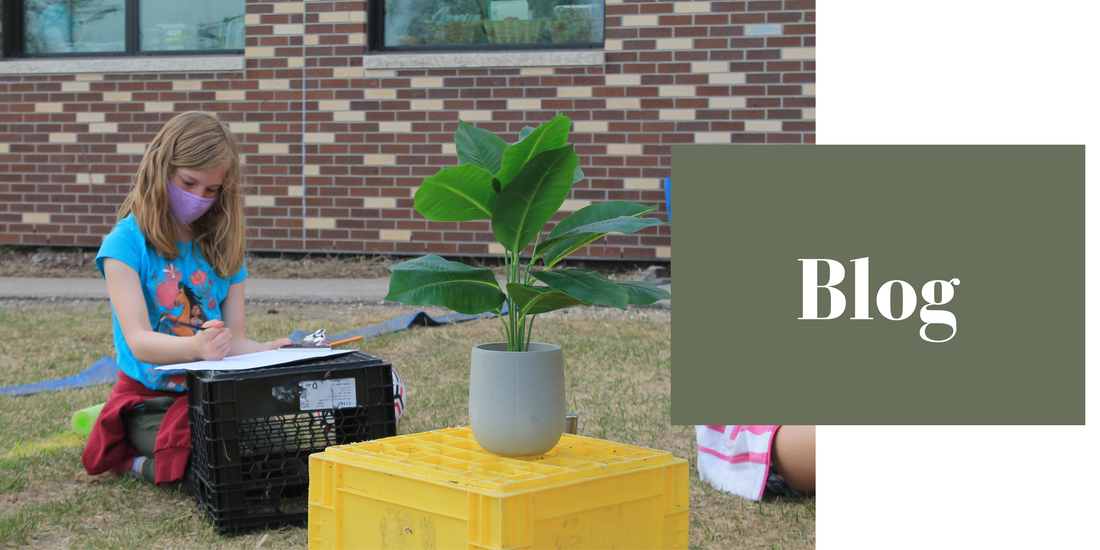
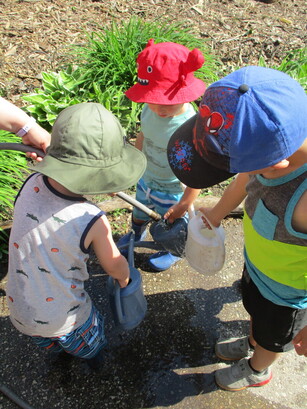
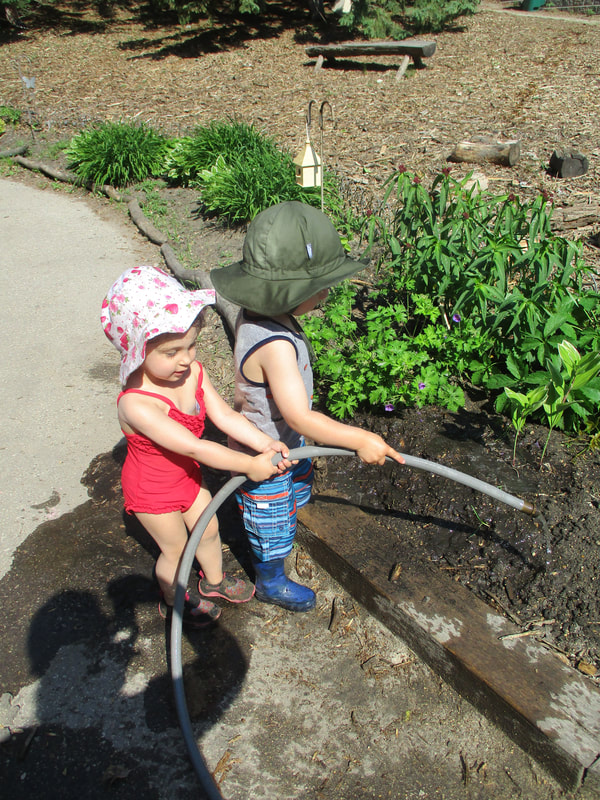
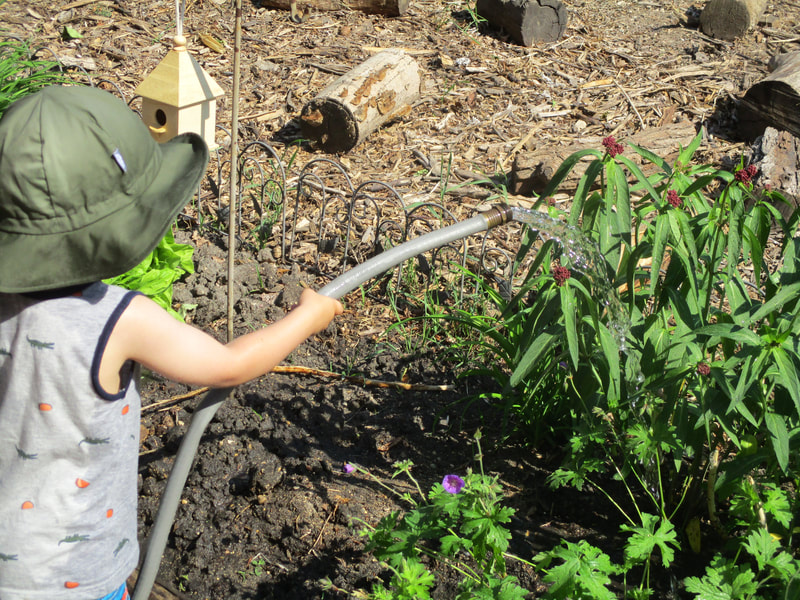
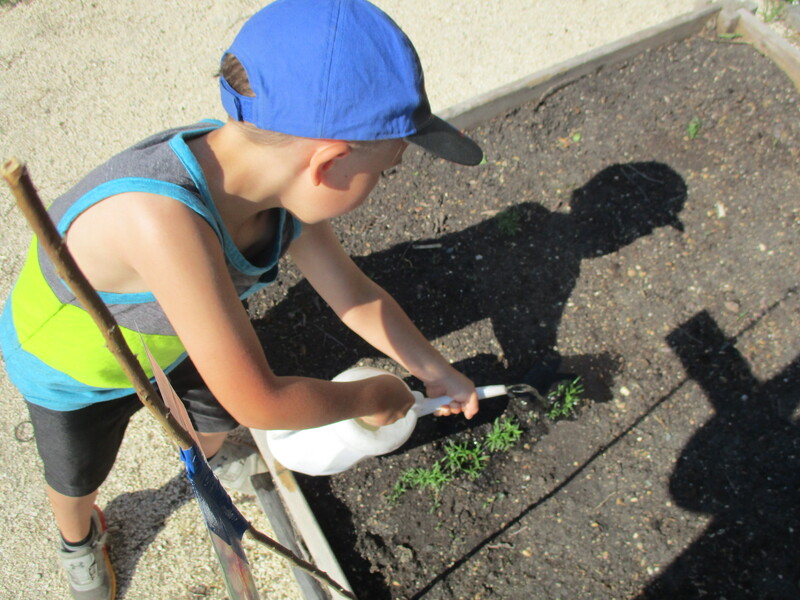
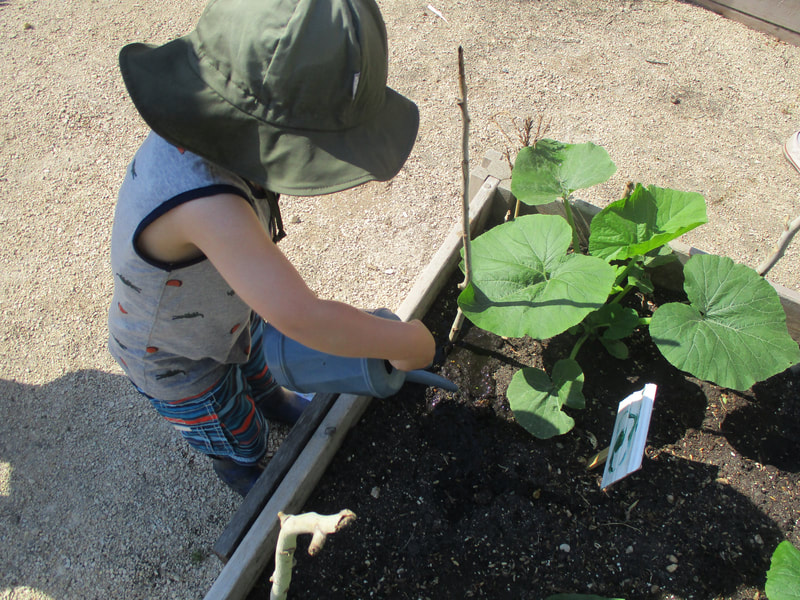
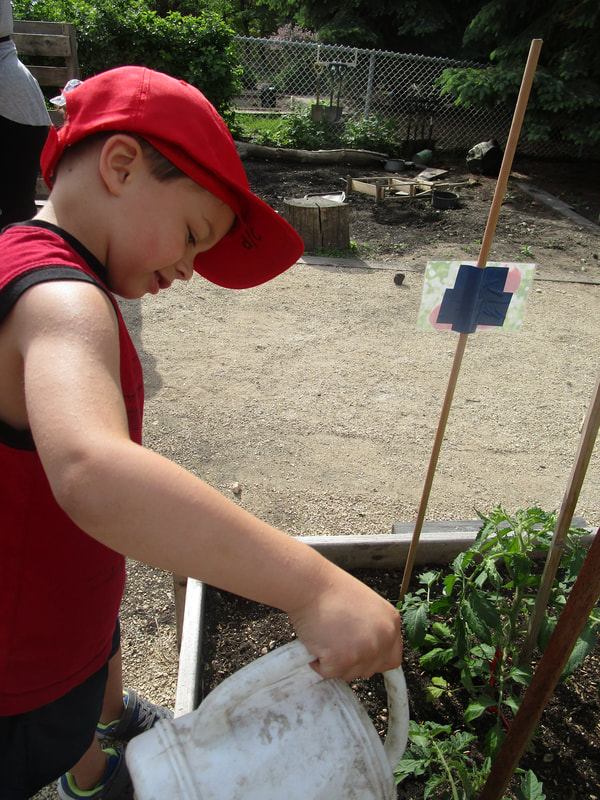
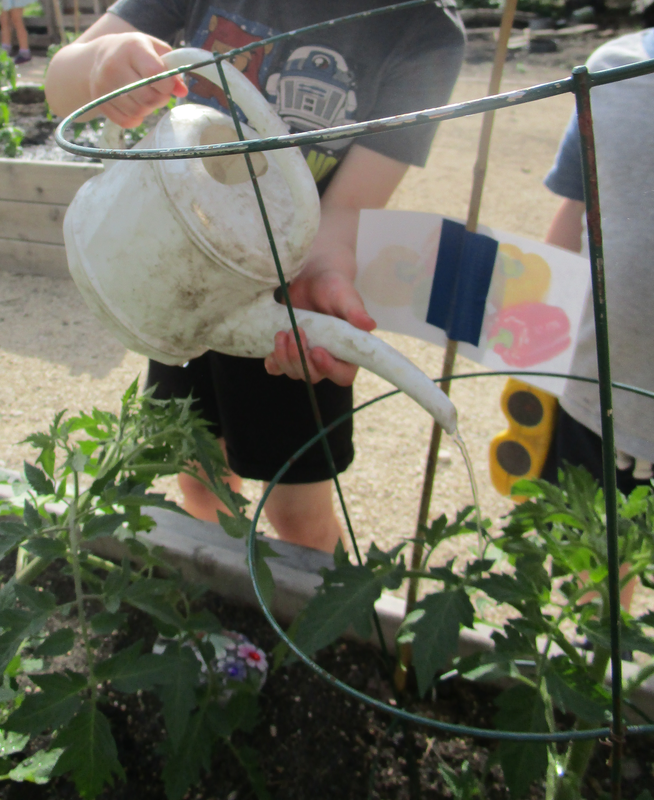
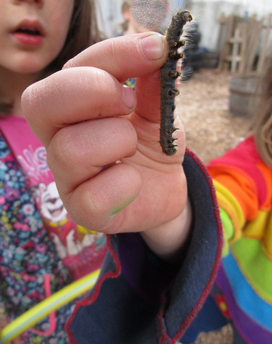
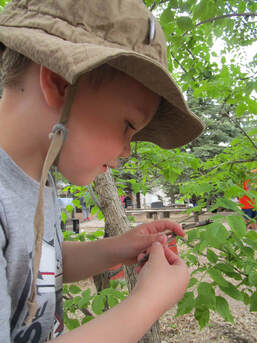
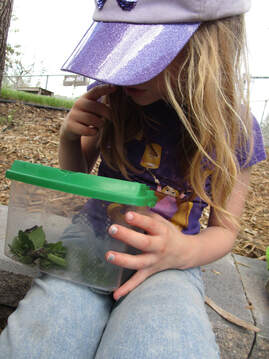
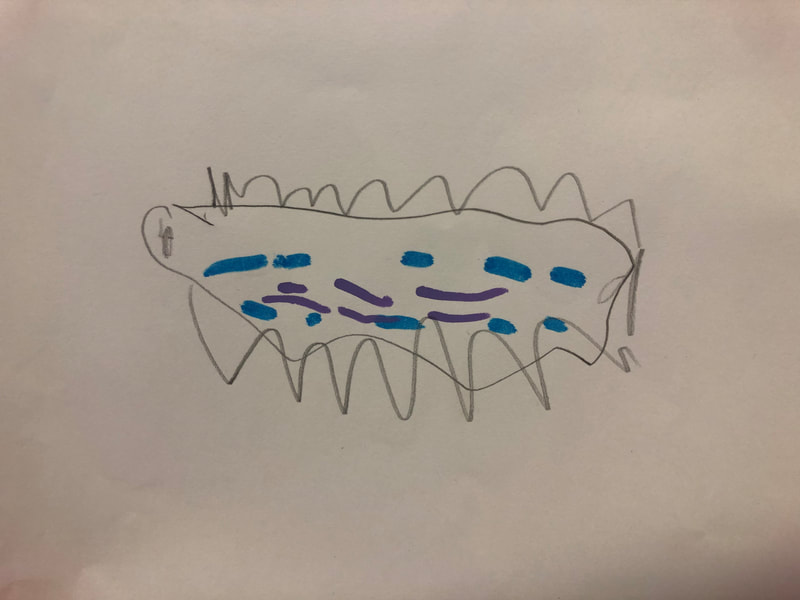
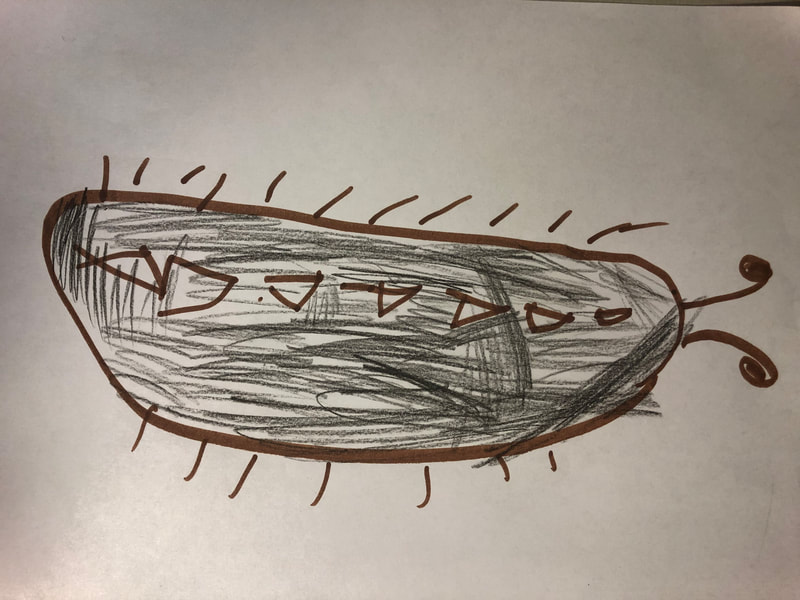
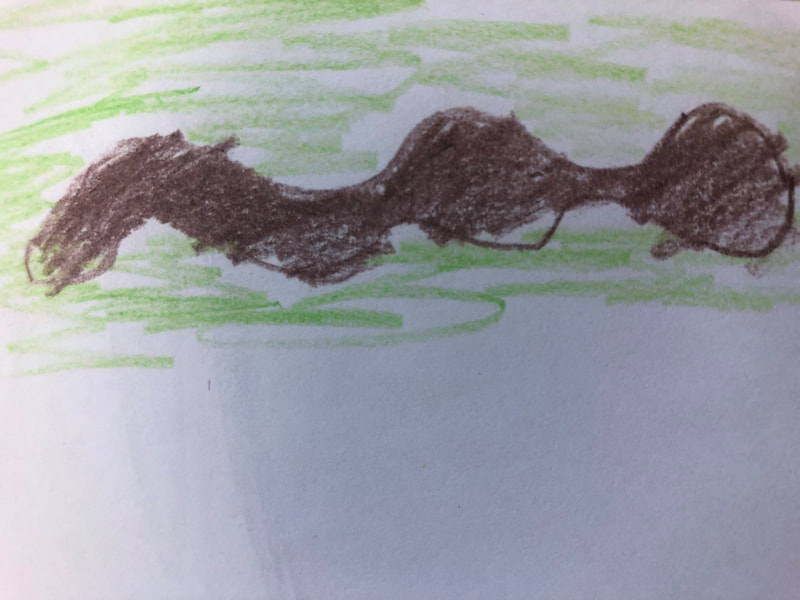
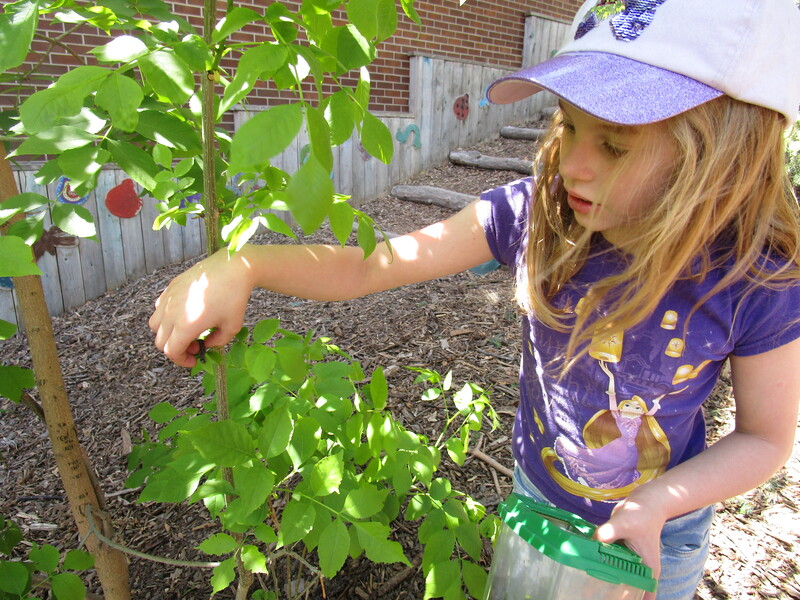
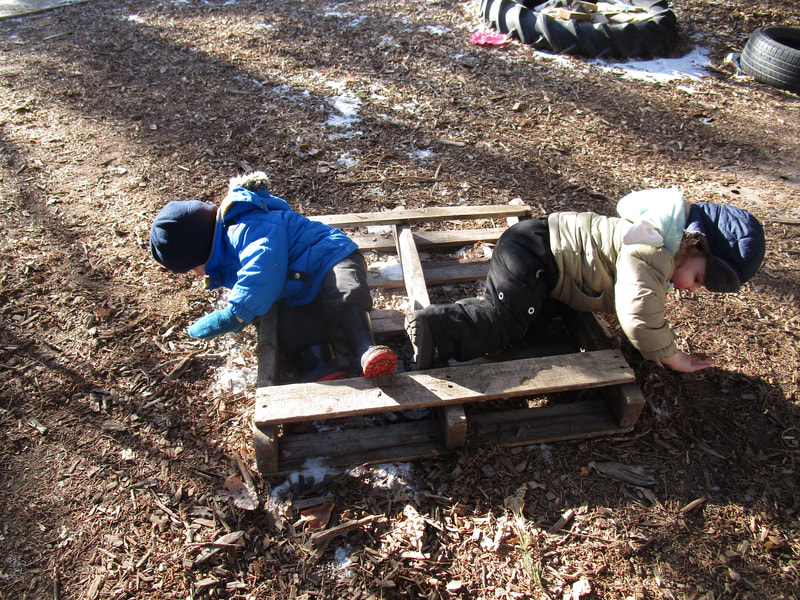
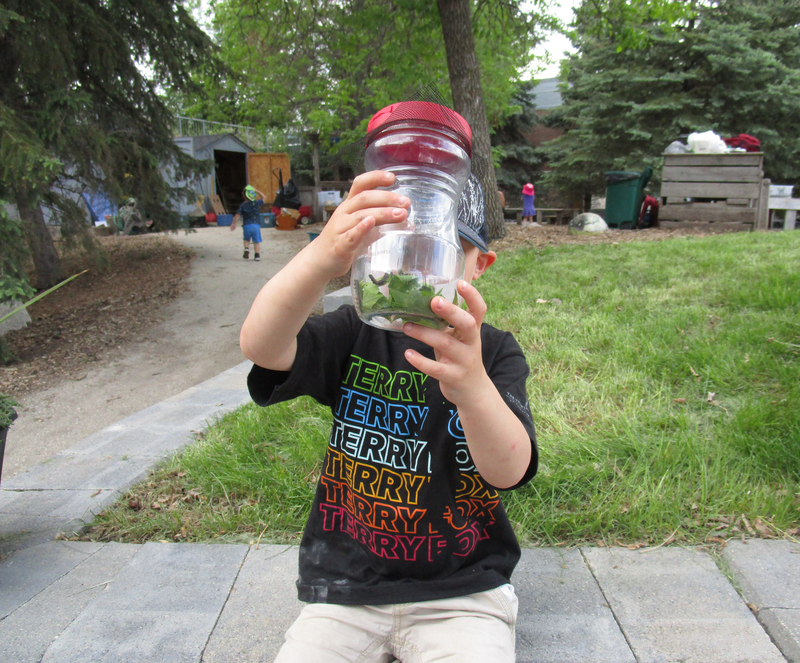
 RSS Feed
RSS Feed

